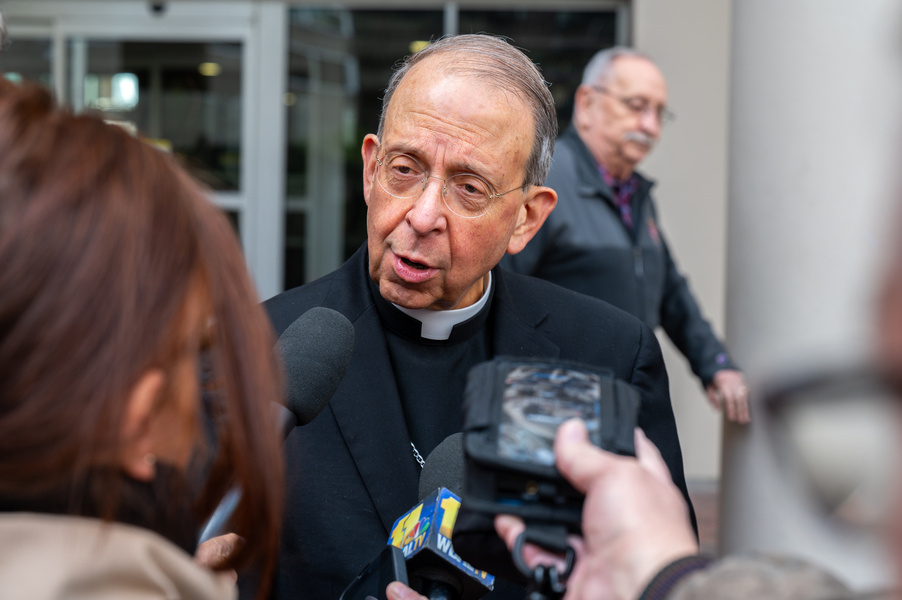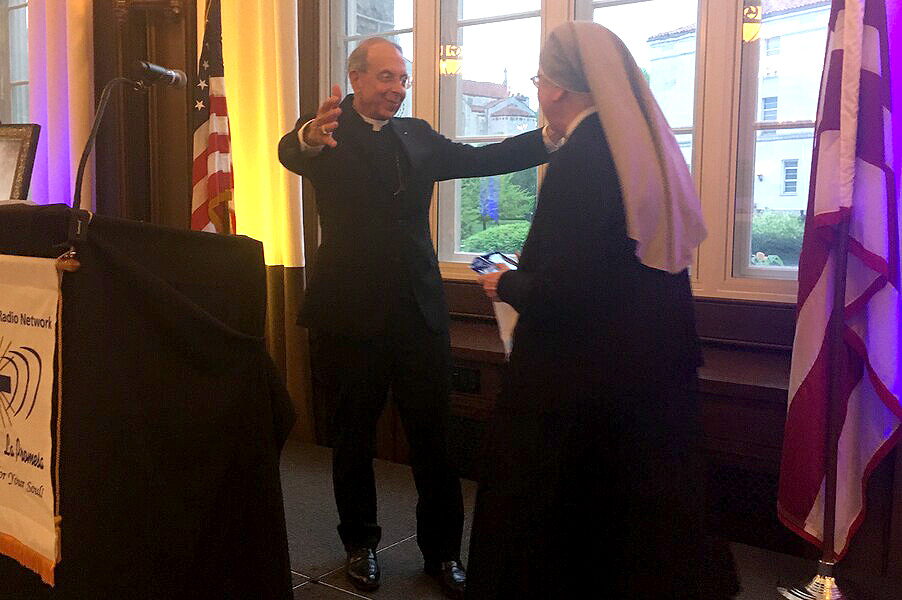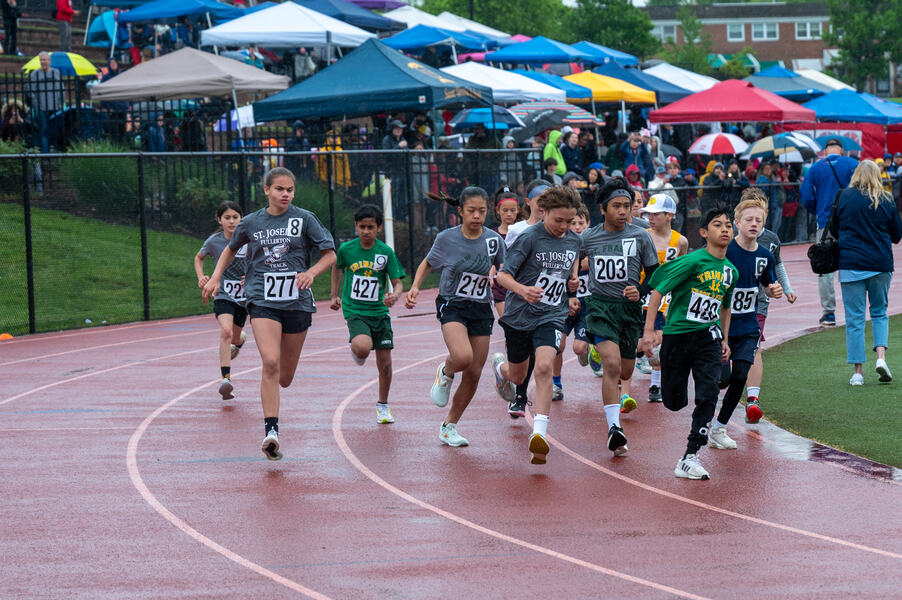ARBUTUS – The Seek the City to Come parish planning project undertaken by the Archdiocese of Baltimore addressed its task head on March 8, as more than 230 people gathered to build draft models of parish configurations.
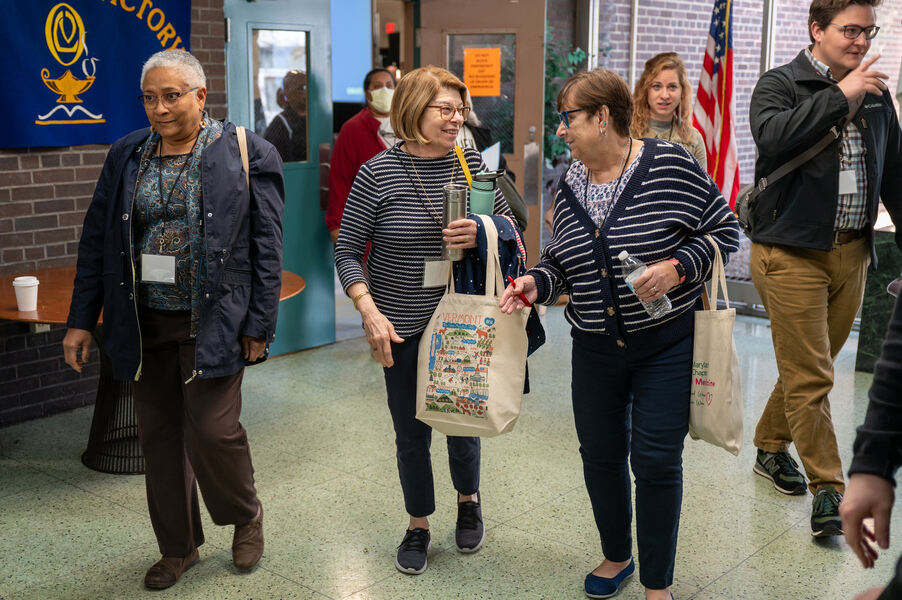
The process launched in the fall of 2022 and has included listening sessions involving thousands of parish leaders and parishioners. The first draft modeling session at St. Mary’s Seminary and University Feb. 12 drew more than 160 people.
At that meeting, regional groups made up of pastors, parish leaders and parishioners tried to whittle down the number of worship sites in the city and some in Baltimore County from 62. The goal of the process is to have a vibrant presence in the city for worship, welcoming, evangelizing and community service.
At the February meeting, these regional groups identified as few as 12 potential worship sites; the highest number was 19.
As he began the March meeting, Archbishop William E. Lori invoked the gifts of the Holy Spirit on the gathering. “We have to look today not with self-interest or longing for the way things used to be.” He urged the leaders to understand the needs and concerns of others, including those in parish communities or pastorates not their own.
This requires “the courage to do the right thing for the right reason, but also the courage to speak the truth in love and the courage to step out of our comfort zone,” he said. The day’s deliberations would be “heartbreaking, but nonetheless essential.”
Geri Royale Byrd, project director for Seek the City, told the participants March 8 that the initial plan was to take the February suggestions and use them to present map models for consideration. However, she said, once the archdiocesan staff and consultants came up with the maps, they felt it “didn’t fit” with the rest of the process, which has encouraged “bottom-up” participation from parish leaders every step of the way.
“It didn’t feel like the groundswell of voices that we have been hearing for the last two years,” she said. She said naysayers would claim there is no way to come to a consensus when so many parishes will be affected. “I say they are wrong. I have watched you as leaders going through this process. You have locked arms together. You have stuck it out,” Byrd said.
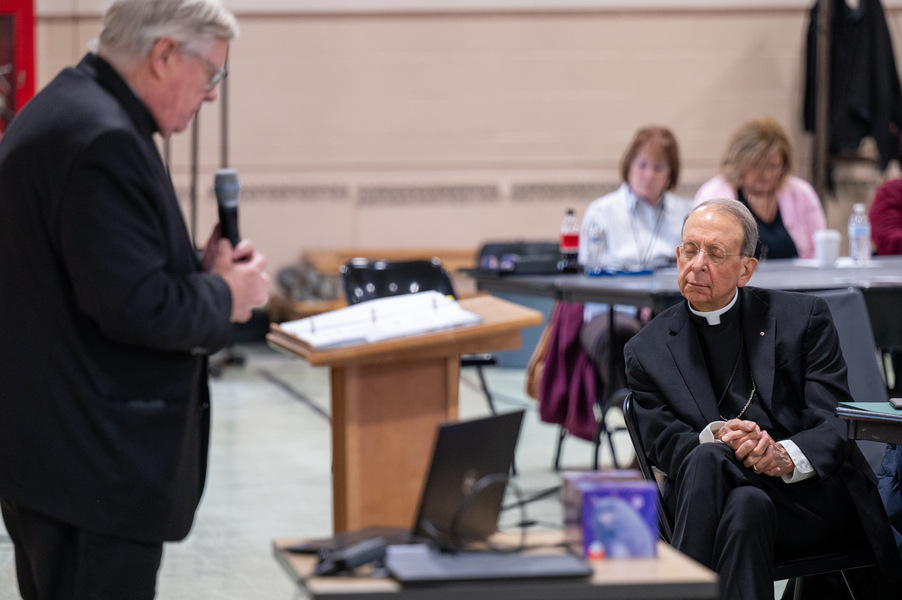
The daylong meeting at Our Lady of Victory in Arbutus set aside the bulk of the agenda for regional groups to again look at the data and recommend where to place worship sites, as well as recommend a parish model.
The recommended models include:
- The “mosaic parish,” a medium or large campus as a “one-stop shop” for parish and community needs. The model requires at least 700 individual attendees at Mass each weekend and at least 50 baptisms or converts each year, among other metrics. It might require a new campus, rather than adapting a current site.
- The “radiating parish,” which reaches out to the broader Catholic community through a series of affiliated ministry sites. The model envisions at least 500 individual attendees at Mass each weekend and at least 35 baptisms or converts each year.
- The “Catholic commons,” would be based in a community center that can provide different ministries, be a meeting place for the community and provide Mass, likely in a nontraditional facility. The model requires a strong, committed parishioner base with at least 200 individual attendees at Mass each weekend and at least 20 baptisms or converts each year,
Participants were also encouraged to consider hybrids of the models or other possibilities, to “let the Spirit speak.”
Priests from parishes in the urban study area looked at the whole city, while regional groups – north, central, west, south and east – dug into the nitty gritty details, looking at 26 data points including existing parish facilities, registered households, Mass attendance and sacraments.
Each group was asked to create up to three models for each region, built on the visioning feedback from the past two years and utilizing the available data. The models should be vibrant, well resourced, focused on mission support, and consider the citywide church.
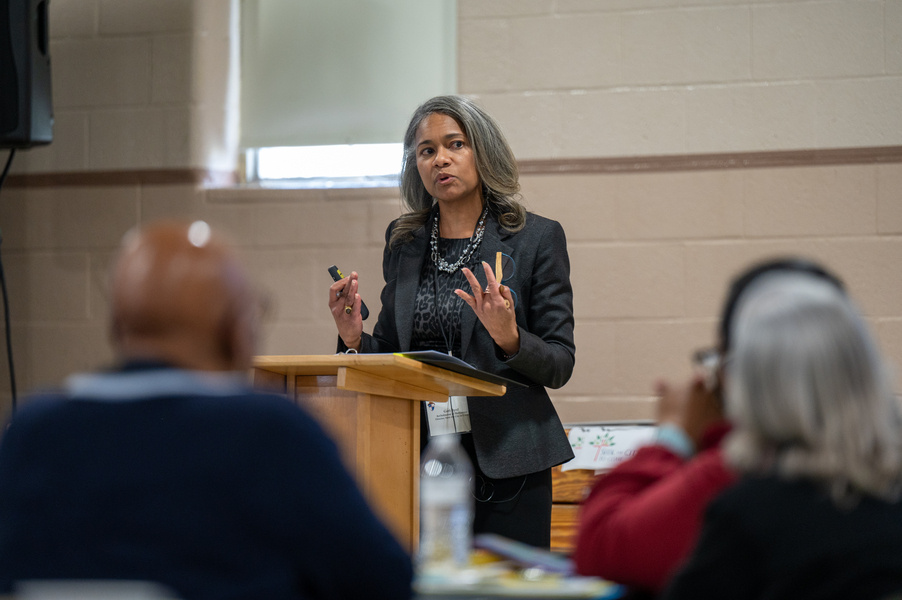
Based on the range of 12 to 19 worship sites suggested at the February meeting, the south region was asked to create models designating one to two worship sites; east would have two to three; west would have three to four; and north and central would each have three to five.
Jennifer Smolen, business manager at the Catholic Community of South Baltimore, said her regional group for the south was able to propose three models, each of which had two proposed parish sites. When the group voted on the models, one quickly emerged as the consensus favorite.
She said the group felt more cohesive as it started the conversation and quickly “cut to the chase.”
The south region currently has four parishes using six worship sites. The group determined that walkability and the services offered by parishes were critical to any new plan. Those services include food pantries, a St. Vincent de Paul site, Catholic Charities and a Head Start for preschool education.
Smolen said the area is growing with young families in Federal Hill and a Hispanic population in Brooklyn Park.
In the north region – which currently has 18 worship sites in nine parishes or pastorates, including the Cathedral of Mary Our Queen – Deacon Paul Shelton of Blessed Sacrament and St. Matthew said he believed those participating in the process had been listened to, within the context of what they were given in terms of data and metrics.
He said if one considers some of the criteria that the process values, such as good visibility from a main thoroughfare, parking, a certain number of registered families and a certain level of offertory collection, “that leaves out all the ‘Black’ parishes. … Then where do Blacks who come from those parishes go?”
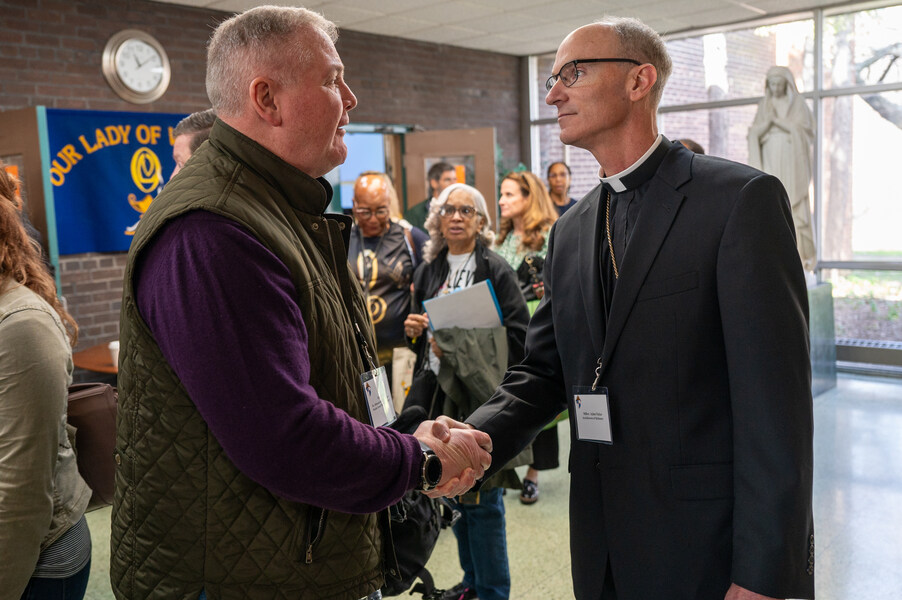
He said it is unfair that “welcoming” is connected with being visible from a main street. His parishes have a tradition of welcoming people from many different countries as well as Blacks, Latinos, lesbians and gays. “Part of the totality of being welcoming is who is invited in. That doesn’t have anything to do with the building. It has everything to do with the people and the culture,” Shelton said.
The east region has seven worship sites in four parishes or pastorates. Michael Forehand, business manager at the pastorate of Our Lady of Hope in Dundalk and St. Luke in Edgemere, said the discussion was a good beginning to the changes that are coming. With the task to present models with two to three worship sites, he said, “Everyone thinks theirs is viable and don’t want it to close. But when you look at the facilities, it becomes more realistic.”
He added, “I’m hoping that the interpretation of different parishes brings their gifts and traditions and makes us a richer environment, a more welcoming environment.”
Danise Jones-Dorsey, a member of St. Gregory the Great Parish in West Baltimore, said she was extremely impressed with the data-driven process of Seek the City. “It helps us reduce the emotional reactions,” she said, noting that she appreciated that the deliberations were wrapped in prayer, discernment and reflection.
She said she thinks people understand the need for changes in the structure of the parishes in the city. “This is a bottom-up approach. No matter what the final decision, we Catholics in the pews own this.
“I absolutely believe our voice has been heard,” Jones-Dorsey said.

She acknowledged that St. Gregory the Great may not remain open, as there are currently 13 worship sites in a region that will have three to four under the new models. “The spirit of St. Gregory will continue. Our ministries are strong; they will continue. Where we worship may change, but that’s OK,” she said.
Byrd, the Seek the City project director, said the next steps for the process include staff and consultants gathering the models and feedback from the regions into a few synthesized citywide options that will be presented at another meeting in late March, with the goal of building a consensus.
To the question, “Is my parish going to close,” Auxiliary Bishop Bruce A. Lewandowski, C.Ss.R., Baltimore City vicar, said, “The honest answer is: We don’t know. Come back (at the next meeting) to work through these to make recommendations to the archbishop.”
Once the final drafts are presented to Archbishop Lori, he will consult with the auxiliary bishops, the Presbyteral Council, the Archdiocesan Pastoral Council, the College of Consultors and the Board of Financial Administration.
After those consultations, the archbishop will discern the final plan, which will be implemented over the course of a couple of years.
Read More Local News
Copyright © 2024 Catholic Review Media


